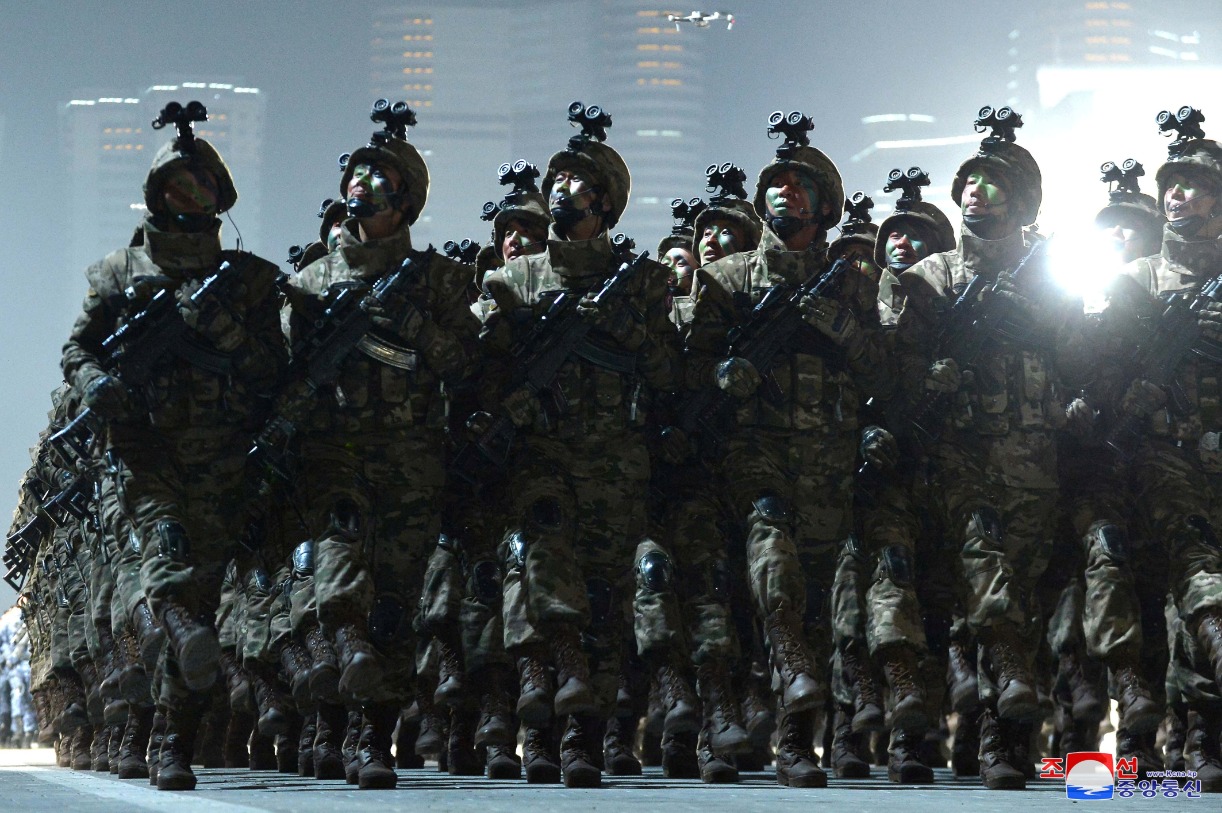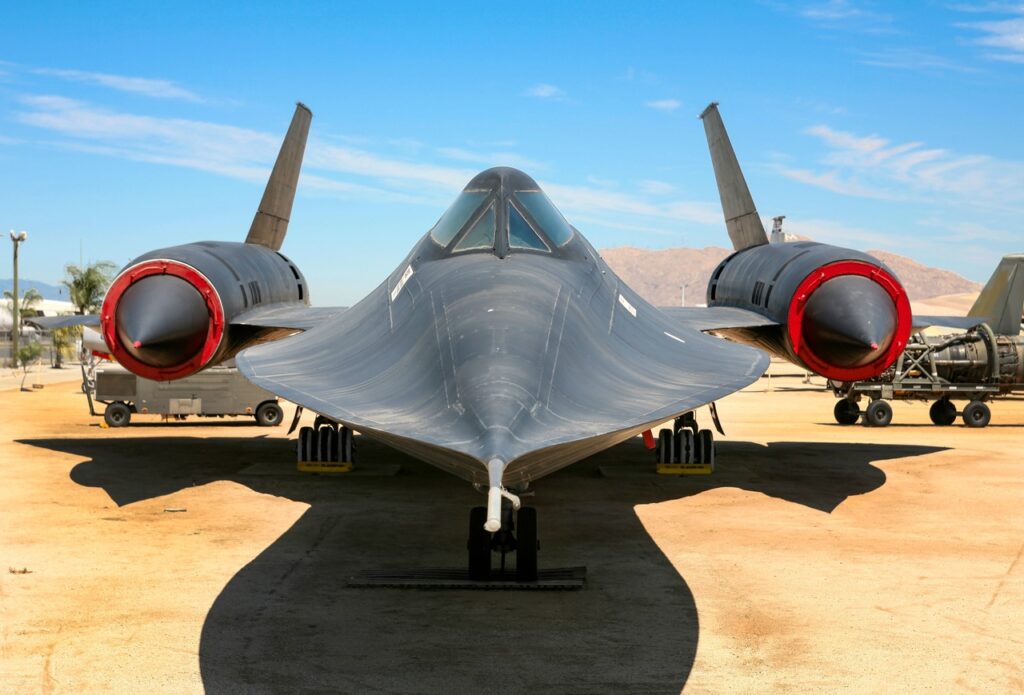
Give It Up: Trying to Militarily Overthrow Kim’s North Korea Is Insane
Here’s What You Need to Remember: Imagining a nightmare scenario involving even a small cache of chemical or biological weapons is not hard. A handful of such weapons launched at Seoul could create a panic not seen since the Sept. 11 terrorist attacks.
Would any U.S. administration actually consider invading North Korea?
First of all, it goes without saying I hope this never happens. However, history tells us we must plan for the worst.
So what would military action against the DPRK look like? While there are no certainties in modern warfare, one thing is certain: an attack on North Korea to rid the world of what can only be described as the most vile regime on the planet could be an unmitigated disaster.
As I explained in a debate for the Week in 2014, there is four reasons a regime-change-style invasion of North Korea would be insane. First, Kim has likely read a history book in the last twenty years:
Suppose Washington did decide to dispose of the evil thugs in Pyongyang. How would it proceed? It would start by heavily bolstering the amount of military assets within striking distance of North Korea. This would involve bringing in multiple aircraft carrier battle groups, increasing the number of troops in South Korea for a ground invasion, moving in large amounts of land-based aircraft, and boosting missile defenses in South Korea, Japan, and allied bases. In many respects, the U.S. would be dusting off an integral component of the 1991 Gulf War playbook — build a large attack force that can overwhelm the enemy. Simple, right?
The problem is that such a massive military mobilization can’t be hidden. North Korea would instantly realize what was up. Pyongyang would certainly have a clear incentive to strike hard and fast knowing it constituted its best chance for survival. Here we see the great folly of Saddam Hussein: allowing coalition forces to build one of the world’s most powerful fighting forces on his doorstep. Kim would realize his best chance — maybe his only chance — would be to strike with everything in his arsenal at the first sign of a build-up.
Second, North Korea would have every reason to launch a nuclear war:
Why would a nation with less wealth than Ethiopia put billions of dollars into acquiring nuclear weapons? The answer is simple: to ensure that anyone considering imposing regime change won’t take the risk. If Washington ever decided it was time to take the regime down, what reason would Pyongyang have from holding back? None. While there is debate whether Kim’s missiles have the range or accuracy to hit the continental U.S., it does seem likely they could hit Seoul or Tokyo — one hell of an atomic parting gift. Kim knows all too well he would never be able to defeat an allied invasion — he may just decide to take as many souls down with him as possible.
Third, Kim might unleash his other weapons of mass destruction we all forget about:
In a 2012 report on North Korea’s military, the U.S. Department of Defense noted that “North Korea probably has had a longstanding chemical weapons (CW) program with the capability to produce nerve, blister, blood, and choking agents and likely possesses a CW stockpile. North Korea probably could employ CW agents by modifying a variety of conventional munitions, including artillery and ballistic missiles.” Some reports estimate that the regime could possess as much as 5,000 metric tons of chemical weapons.
While opinions vary regarding North Korea’s biological weapons capabilities, the same report sees such a program as a strong possibility, noting, “North Korea continues to research bacterial and viral biological agents that could support an offensive biological weapons program. Infrastructure, combined with its weapons industry, gives North Korea a potentially robust biological warfare capability.”
Imagining a nightmare scenario involving even a small cache of chemical or biological weapons is not hard. A handful of such weapons launched at Seoul could create a panic not seen since the Sept. 11 terrorist attacks. Even just one attack with such fearsome weapons on a civilian target must be avoided.
Fourth, lots of unknowns would await us:
Other challenges could include North Korean sleeper cells launching Charlie Hebdo style attacks in South Korea or even Japan, or armed forces lobbing missiles at areas containing nuclear materials (essentially ballistic “dirty bombs”). And we have not even touched on the estimated cost of rebuilding North Korea, or the fact that China may have strong motives to intervene.
Clearly North Korea is a stain on human history that needs to be expunged. But the North Korean regime has had over six decades to plot out its response to an invasion. It is something we should keep in mind.
In all fairness, I would argue the appearance of such a story is likely more a move by the Trump administration to push Kim into some sort of dialogue—the “art of the deal” Donald-style, if you will. As I think all of Asia would agree, talks at de-escalating tensions on the Korean Peninsula would be a great idea for everyone. Let’s hope 2017 is the year they happen, as a real crisis over North Korea is almost to frightening to contemplate.
Harry J. Kazianis (@grecianformula) serves as Senior Director of Korean Studies at The Center for the National Interest. Kazianis also serves as Executive Editor of The National Interest. (This first appeared several years ago.)
Image: Reuters.


